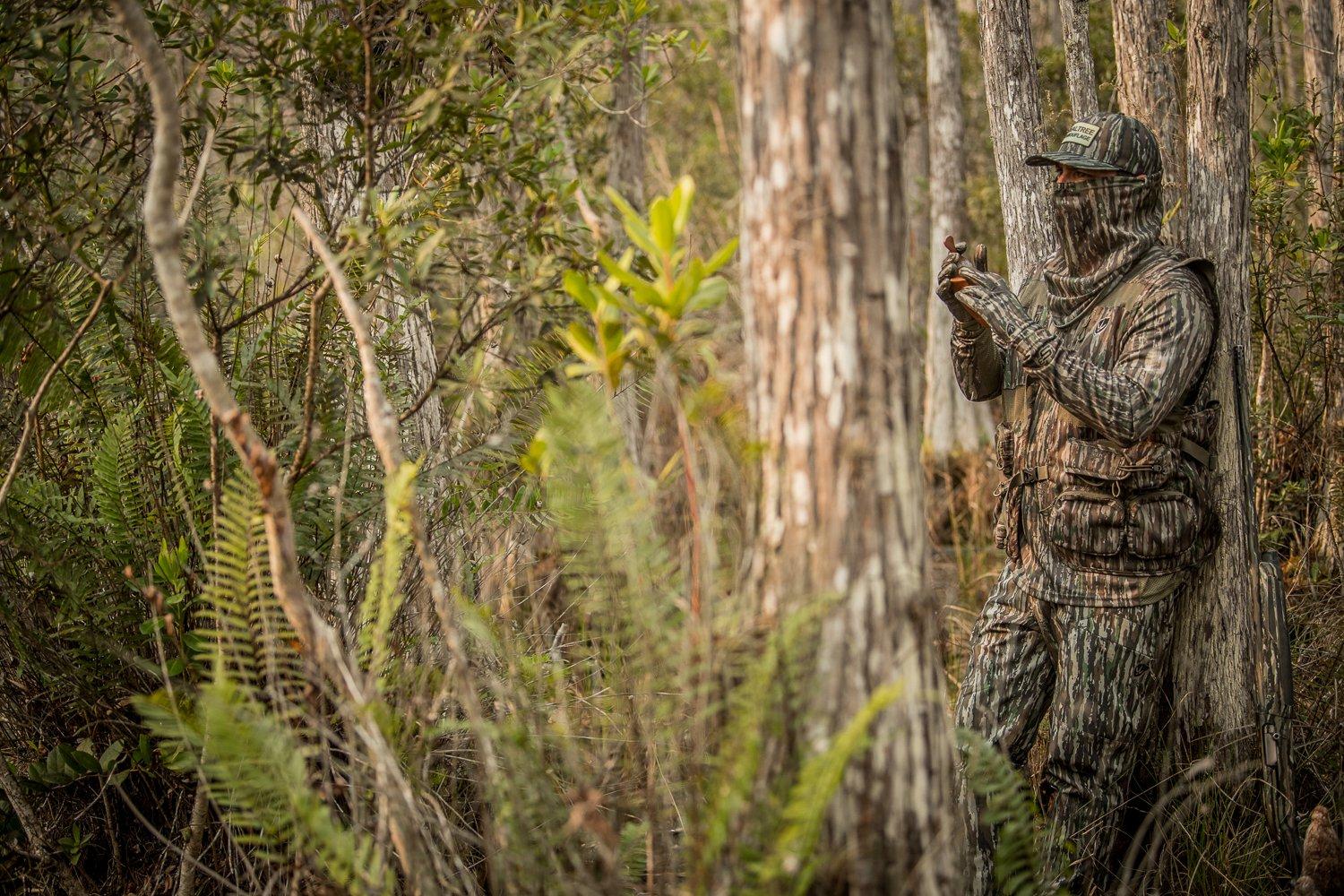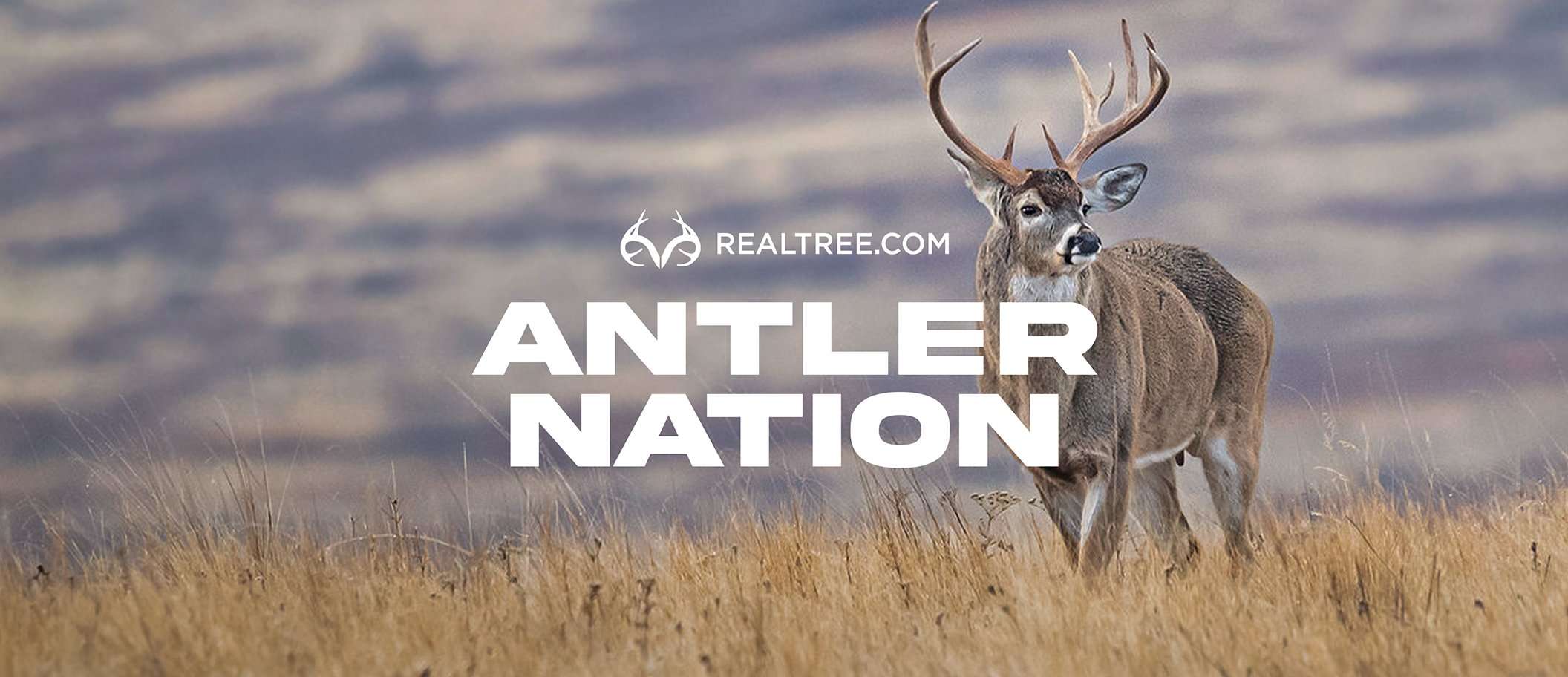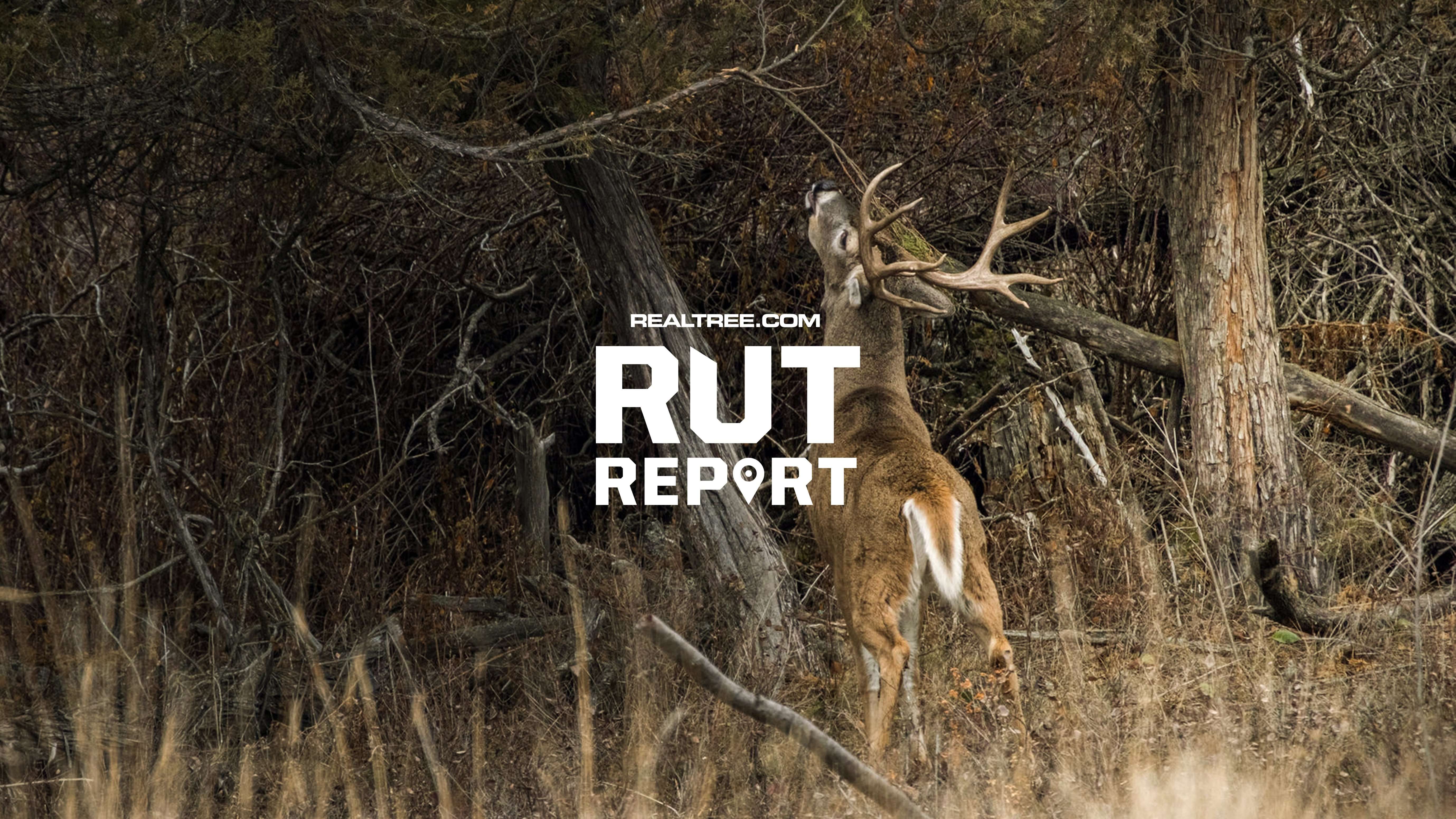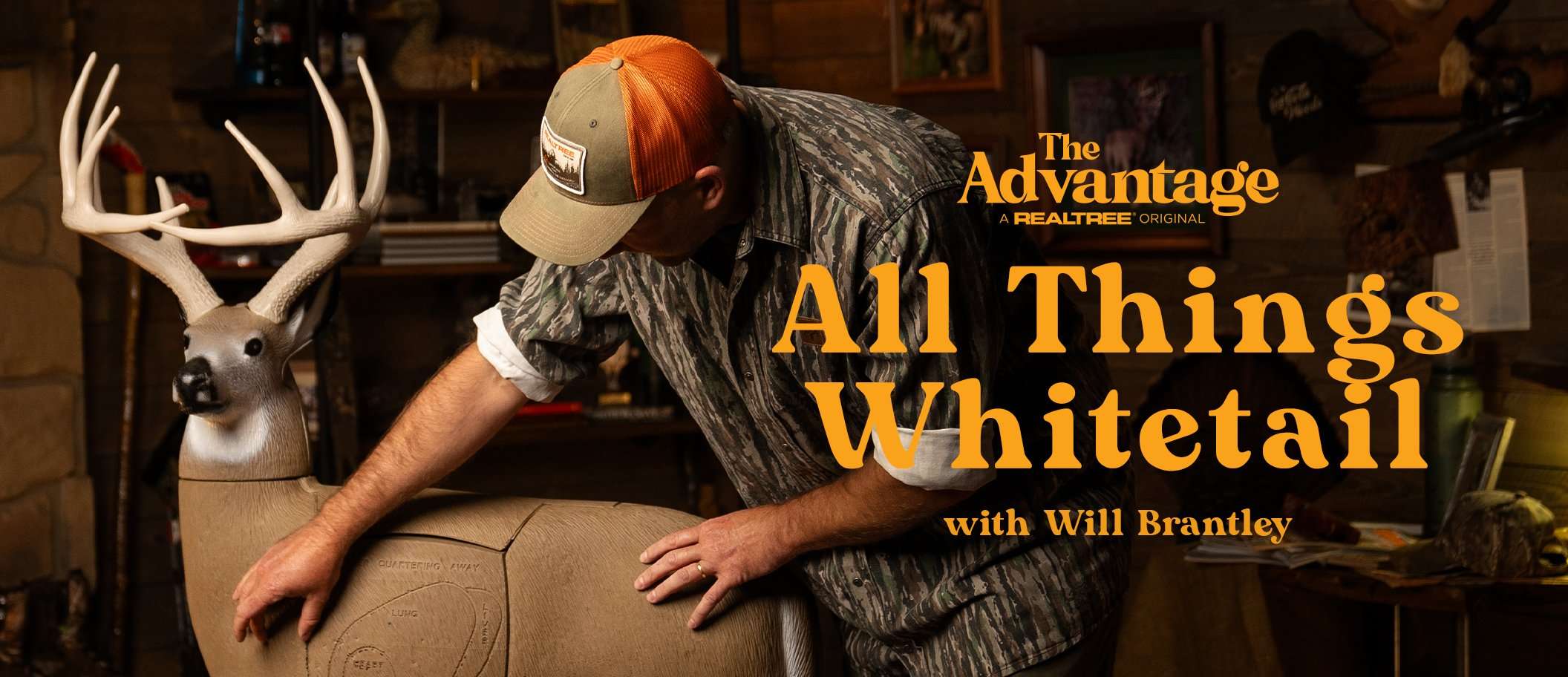Steer clear of these sour notes and classic gaffes to fill more tags this spring

No matter how good your calling sounds, you won’t fool many gobblers if you call from poor locations. Photo by Bill Konway.
It’s humbling — laughable, really — to think of all the ways you can mess up on a hot-gobbling turkey. Calling from the wrong spot, yelping too much (or not enough), cutting loudly at a skittish bird when you should be soft talking — the potential blunders seem endless.
Here are four of the biggest calling mistakes you can make in the woods this spring. Avoid them to bring home more beards and spurs.
1: YOU ONLY USE ONE OR TWO TURKEY CALLS
One March morning, I set up on a roosted tom and floated some soft, sweet tree yelps on a two-reed diaphragm. Boy, I sounded pretty. The bird failed to gobble back. In fact, he shut up. No worries. On to Plan B.
I pulled an aluminum pot and hickory striker from my vest, scratched a series of tinny yelps and followed with three sharp, high-pitched clucks. The turkey cut me off with a booming gobble and pitched down within 30 steps. Easy shot.
Gobblers can be finicky. One day, a bird might hear your best mouth yelping, fold strut and walk off. But change to a raspy box or a glass pot with a striker and the bird might double-gobble, turn around and run in. On any day, a turkey might respond to the tone, pitch and volume of one call above all others. Don’t carry and run just one or two calls with which you’re most comfortable. Pack your vest with a good variety of mouth and friction calls, and don’t hesitate to use them.
Don’t Miss: How to Set Up a Deadly Turkey Hunting Bow
2: YOU TRY TO SOUND LIKE THE PERFECT HEN
Many mornings, you’ll encounter a breeding flock with two or three hens, a dominant strutter and maybe a subordinate gobbler or two. Sit down and listen closely to the turkeys as they move around and do their thing. You’ll hear that amid a series of melodious yelps, hens often utter little squeals or whines, as if they just hit a sour note. Those little offbeat notes drive some gobblers wild, often eliciting high-octane shock gobbles.
Practice your calling, but remember that you don’t have to sound like the perfect hen all the time. Amid your yelping, mix in subtle whines, squeaks or squeals on occasion. A “sour” note might make a turkey gobble and strut in.
3: YOU DON’T TAKE EACH GOBBLER’S TEMPERATURE
You hear a raucous gobble, get excited and start hammering the bird with calls. Mistake. Before you make a yelp, chill and listen. Is the bird gobbling hard, so-so or every once in a while? If it’s the latter, do you hear hens nearby? Whether he has girls or not, every gobbler is poised to respond differently to your calls. You need to take every bird’s temperature, and then tailor your calling accordingly.
Eddie Salter, the turkey hunting legend from Alabama, dishes some of the best calling advice you’ll ever get. “I like to set up and start a turkey with what I call a little running cutt or fast yelp on a mouth call, and I back that up with a couple of more fairly aggressive yelps,” he said. “Then I read the bird. If he gobbles back and cuts me off, I feel like I can get pretty aggressive with him. But if he doesn’t gobble at that first call, or if he hesitates before gobbling, I back off and call less aggressively. Sometimes I switch over to soft stuff on a slate.”
Once in a while, you can spot a longbeard strutting in a field or woods opening. OK, take his temperature visually. Yelp just loud enough for the bird to hear you, and watch his reaction. If he sticks his neck out and gobbles, blows into strut and moves your way, set up and get ready. But if he droops his wings and ignores your first call, tone it down, and keep yelping and clucking softly in hopes of finally piquing his interest and turning him your way. Read every gobbler’s body language, and give him the calling he likes.
Check Out Our Latest Camo Pattern: Realtree APX
4: YOU CALL FROM A POOR LOCATION
I don’t care if you just won the national turkey calling championship. You won’t fool many gobblers if you sit and yelp at poor locations. The setup lays the foundation for working a turkey. As you move in on a gobbling bird, and before you call, look for a good place to sit.
The goal is to make it easy for a gobbler to come to your calls. Avoid sitting on an overly thick ridge or in a nasty bottom. Circle around and set up where a bird can strut to you down an open hardwood ridge, logging road or similar clean chute in the woods. You might already know this, but it bears repeating: Move around and take a turkey-hanging obstacle such as a creek or fence out of play before you yelp the first time. Here’s a final little trick. Whenever possible, select a tree that sits slightly above a nice spot where you think a strutter might come in. An extra foot or two of elevation increases your visibility greatly as you scan the woods for that big white head and swinging beard coming to your calls.












